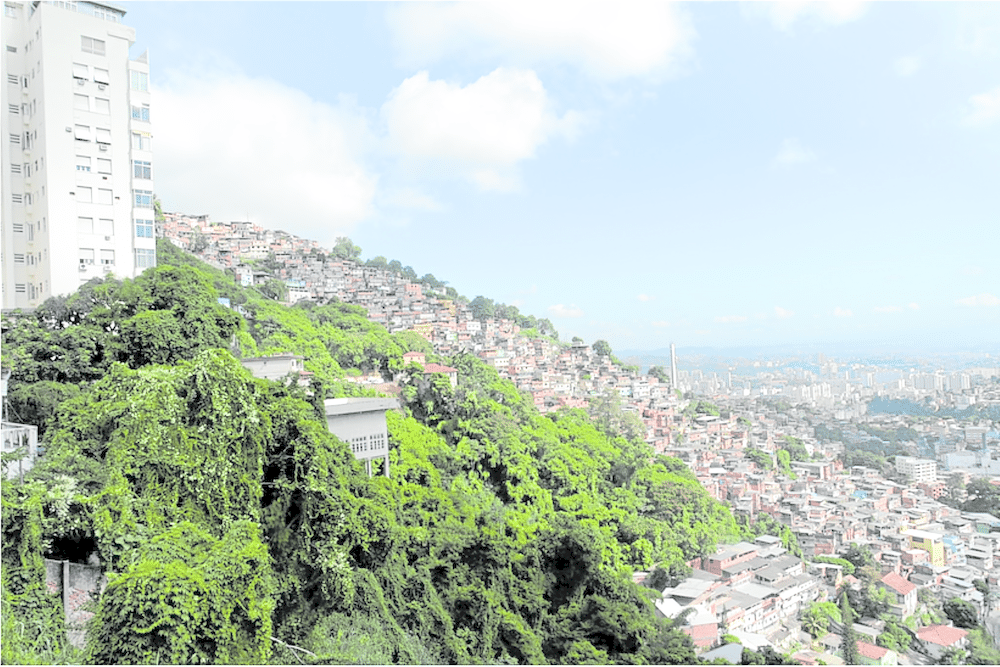
HUMANITY AT THE CORE OF ARCHITECTURE, URBAN DESIGN
People are at the heart of three international days that the community of nations celebrates during the month of July.
The United Nations observes July 1 as the International Day of Cooperatives, July 11 as World Population Day, and July 30 as the International Day of Friendship (United Nations, 2024).
If we are all to partake in honoring these days from different viewpoints, it is important to understand the principles underlying these observances. From the perspective of the built environment professions, how can spaces be designed to celebrate humanity?
Shared values and principles
Being globally united means committing to shared values while keeping identities intact.
Recognizing the power of the collective underlies the operational meaning of “cooperatives”. People-environment-technology issues are the bases of “population” advocacies beyond numbers and statistics. “Friendship” is forged out of understanding, respect, and harmony amid a colorful array of cultural expressions.
People-centered celebrations bring to fore the value of compassion, respect, and equity while in pursuit of economic development. They support convergence while recognizing the finiteness of resources. These events celebrate social dynamism as we navigate new routes brought about by changes in technology.
Spatial challenges
Space design challenges go beyond catering to the collective spirit.
The cumulative nature of space production brings in the factors of time and uncertainty as convergence places are created. Design evaluation will have to be contextualized within an ensemble of structures that will perform together in a neighborhood setting. Such harmony may be achieved through an informed imagination of a future co-defined by different initiatives, motivations, and aspirations.
As people and spaces come together, place affinities are developed, and buildings imbibe characters that become part of a society’s consciousness. Urban settings are outcomes of social relations that constantly reconfigure as values, economies, and power structures change. The relativity of social connections, therefore, calls for built forms that can easily transform to respond to new contexts.
Vulnerability as a key defining attribute of humanity may be tapped as a strength rather than a weakness when building and developing land for people.
Being vulnerable has conventionally been defined as being the target of attacks and the probability of getting hurt. The positive side of vulnerability when it comes to designing spaces connotes openness to new people-place paradigms. Innovations are borne out of the willingness to fail while in pursuit of breakthroughs in design and development.
Paradoxes and outcomes
With the advent of industrialization came the compartmentalization of roles and contributions to the collective. The establishment of professions as mutually exclusive domains creates some sense of order in the space ideation and delivery process.
However, the opportunity to “create” in the true sense of the word may also become limited by rigid role delineations that prevent the inter-lapping of specialized knowledge sets. The melding of thoughts coming from different academic domains has yet to be fully complemented by education frameworks that allow the crossing of disciplinary boundaries. Seeking out what one does not possess or have no mastery of is among the core attributes of humanity.
Physical borders defined by administrative and legal parameters also create environment management systems that run counter to the notion of ecology that accounts for life that thrives on interconnectedness.
Border conflicts, the not-in-my-backyard frame of mind, and the traditional two-dimensional land use planning negate the bigger realities where human life is contextualized. Shared air sheds, watersheds, and critical habitats require us to zoom out for interventions to be appropriate and sustainable.
The myopic bases of design standards and the bureaucratic processes for enforcing design and development laws manifest in static places that refuse to grow with the times. Dynamic social relations call for equally dynamic standards and procedural systems if we are looking to experience responsive and relevant built environments.
Next-level design responses
Much has been seen as translations of the goal of matching human needs with designed spaces.
Maslow’s Hierarchy of Needs has undoubtedly figured in architectural programming that involves user and activity analysis. Real estate development has leveled up as designers strove to deliver not just spaces but places that promote productivity, community spirit, and a sense of pride.
Putting humanity at the core of architecture, urban design, and planning can further be upgraded beyond mere accommodation. Human beings as an evolving species must be allowed to discover new avenues for growth and collective progress through spaces that positively provoke. Advancement is spurred by discovery aided by the intent to break boundaries.
Understanding, challenging, imagining alternatives in the designed and built environment fields are key to instigating changes in our private and public spaces. Provocations need not be internally generated. Thought process stimulants coming from other fields such as psychology, medicine, sports, and music can revolutionize space creation. This makes design products active rather than reactive interventions.
The social dimension is often regarded as the messy part of design and planning because of the difficulty of pinning down assumptions. People-related variables are relatively more difficult to model compared to elements in the physical world.
It is challenging to establish control when analyzing social relations. While this is so, it is the appreciation of the social dimension that makes for life quality improvement, the forging of friendships, and the promotion of the cooperative spirit.
The author is a Professor at the University of the Philippines College of Architecture, an architect and urban planner
2024-07-13T03:21:58Z dg43tfdfdgfd